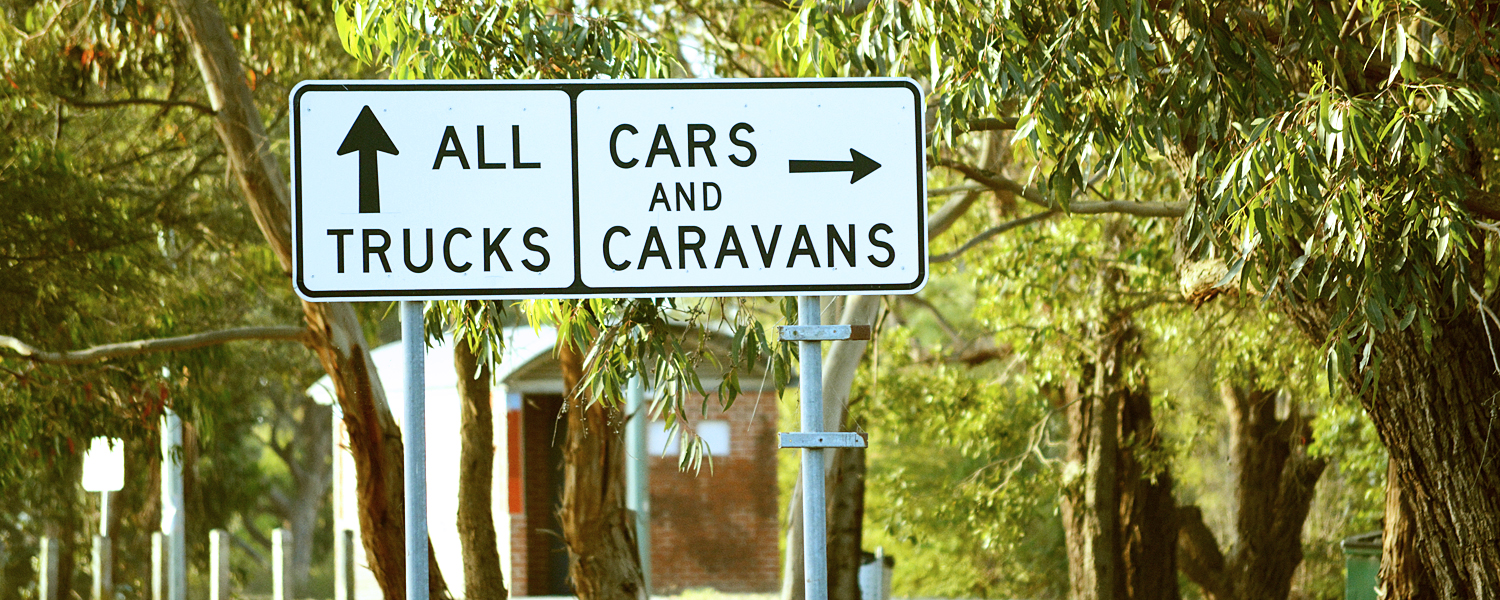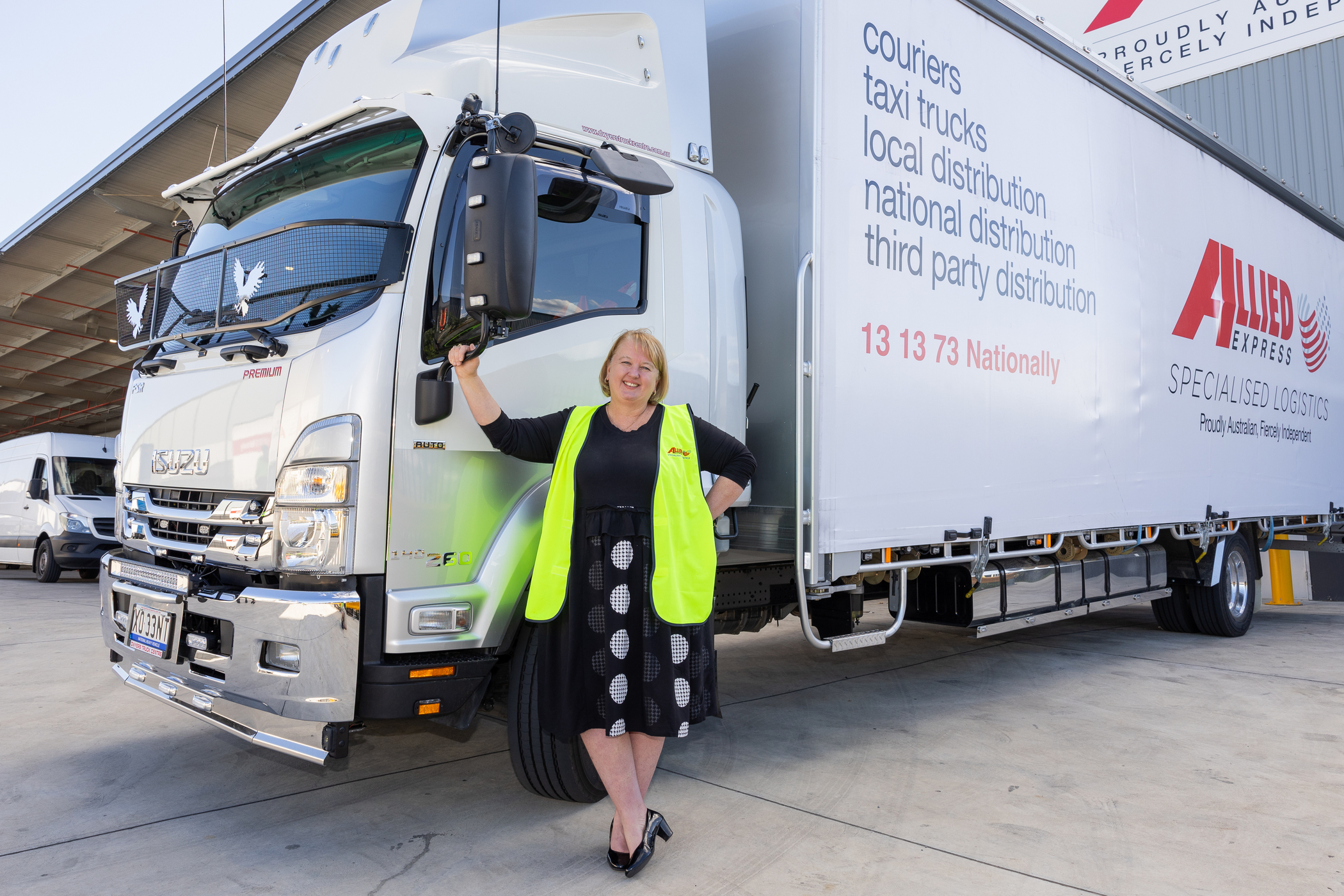Why is truck driving so enticing? Is it the allure of never having to set foot in an office, wear a tie or awkwardly converse around a watercooler?
Maybe it’s the charm of gabbing in your own lingo on the CB radio, delivering packages like a modern-day Santa Claus, or honking your horn for thrilled schoolkids?
The road freight task (measured in tonne-kilometres) is set to
double by 2030, making trucking one of the fastest growing industries in Australia. With demand for truck drivers soaring and wages set to
increase, if you’re thinking about becoming a truckie, there’s never been a better time.
This blog is designed to outline some of the different types of trucking options out there – and bust a few myths in the process – to see if you have what it takes to become a truckie.
Truck Driving 101
If you’re doubting whether you would suit trucking, keep in mind that the industry is currently focusing on diversifying its driving workforce.
For example, over
20 per cent of transport workers are women, and there’s currently a
substantial push to encourage more women to make the shift into truck driving.
There are also options when it comes to the type of truckie you want to be. You can either buy or rent your own truck and sub-contract your services, or work directly for a company, with many variations in between.
Many courier and refrigerated transport positions are sub-contracted, and due to the rise in parcel delivery due to online shopping, this sector is among the
fastest growing in Australia.
If you’re interested in becoming an owner-driver, which allows you to choose your own jobs and routes, check out our
owner-driver blog for information on the pros and cons.
If you would prefer to work directly for a company with benefits such as paid leave and automatically deducted superannuation, then the construction, mining, forest and agricultural industries are leading employers.
Upskilling and pay rates
In 2016/17, the
average wage for an Aussie truck driver was $1,417 a week (gross) or $73,700 a year. Depending on location, business type and level of qualification, truck drivers generally earn between $20 and $50 an hour.
There are unique opportunities for truck drivers to continue upskilling once within the job. There are
five standard truck licences that range from Light Rigid (LR) class to Multi Combination (MC) class heavy vehicles.
In addition to these licences, businesses may give you the opportunity to extend your skills to operating tractors, cranes and forklifts, tippers, quad-dogs and excavators.
Am I already on my way?
Many professions utilise skills that are readily transferrable to truck driving, and vice-versa. Professions like bus drivers, linesmen, heavy-equipment operators, terminal managers, and cement and concrete producers often require a Commercial Driver’s Licence (CDL) or a heavy truck licence.
If you have a job that requires attention to detail, alertness for long periods of time, communicating with customers or dispatch offices, or conducting basic vehicle maintenance, you might already be an asset to transport operator employers.
While a truck licence will provide you with greater job opportunities, it’s less required now than it has been in the past. Many courier and road freight companies specifically focus on using trucks that are driveable on a car licence (4,500 kg GVM or less) to broaden their potential workforce.
Many trucks are available within this weight limit, so if you enjoy driving and metropolitan deliveries appeal to you, there’s nothing preventing you from starting straight away.
If you want to move onto medium or heavy trucks, you’ll want to refer to the information below.
Laws and licencing requirements
The legalities surrounding truck licences differ from state to state. To find details for your location see each state government’s website below:
ACT,
QLD,
NSW,
NT,
SA,
TAS,
VIC and
WA.
Chain of Responsibility (COR) legislation is another pivotal part of truck driving. These laws exist to ensure everyone involved in road transport – from the fleet owner to the driver – shares equal responsibility for preventing accidents.
What truck driving can offer
Many experienced truckies say that it takes a full 12 months to know if truck driving is for you.
The first year is generally the toughest; you’ll take wrong turns, miss schedules, struggle to park, get lost in the city or misunderstand your dispatcher.
But every skill that’s worth acquiring has a learning curve, and not every career has the potential benefits of trucking.
Ultimately, if you’re interested in the industry, there’s no substitute for speaking to actual drivers and employers. There’s a wealth of experience out there and an abundance of work if you want to grab it.









